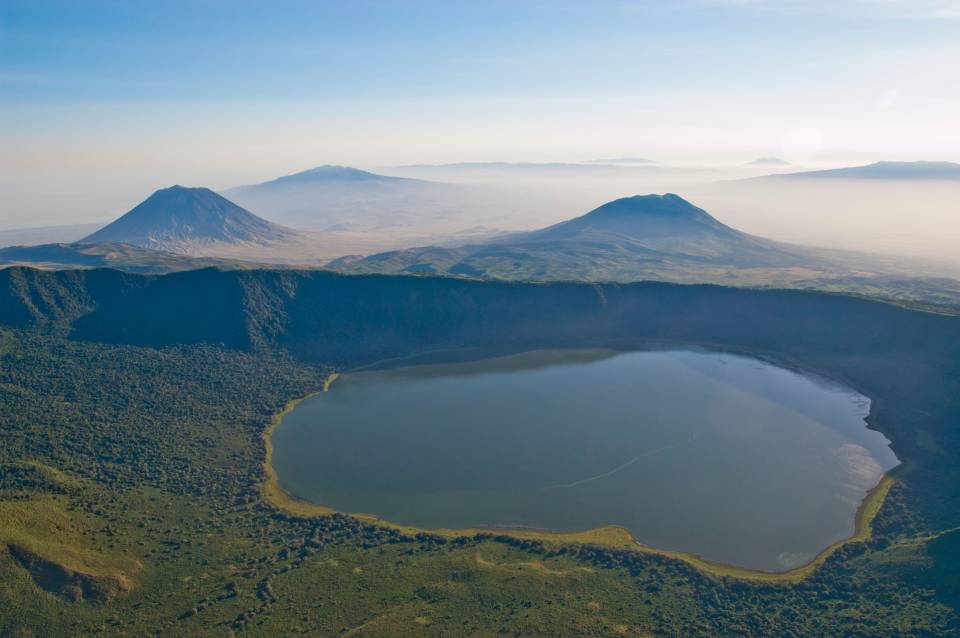
Conservation Area

Located in Northern Tanzania, South East of Serengeti NP is Ngorongoro Conservation Area covering around 8000 sq. kilometers. In Ngorongoro Conservation Area is nearly perfect blue-green caldera; Ngorongoro Crater that is home to the densest concentration of wildlife in Africa. This extinct volcano is the best place to see all the “Big Five” in a single day. It hosts highest density of predators in Africa and over 25,000 large mammals from Black Rhinos, large tusked Elephants, Buffalos, Warthogs, Zebras, Wildebeest, Jackals, Antelopes, Gazelles, lions, cheetahs, hyenas, leopard among others. Lerai Forest is home to Baboons and Vervet monkeys while Ngoitoktok Springs is home to hundreds of hippos and scenic picnic spot. Lake Magadi and the lush vegetation is home to over 500 species of birds from pink flamingoes, secretary birds, vultures, eagles, lapwings to migratory birds residing here from November to April. As you descend down the crater walls, breathing the fresh air, be ready to film your five-star movie in this extraordinary scenic floor. Ngorongoro crater is the world's largest fully intact caldera, formed over two million years ago. At one point the mountain was higher than Mt. Kilimanjaro, Africa’s highest peak but when it erupted, it scraped off its peak collapsing onto itself. It stands at 610m within 260 sq. kilometers. The park is UNESCO World Heritage site.

Within Ngorongoro Conservation Area is Oldupai Gorge, where Prehistoric hominids emerged, traces of Homo Habilis, our first known human species, reaching back 2 million years was found here. Also the tribal Masai people call the area home; you will see their villages dotting the area, Morans ornamented in traditional attire looking after their large herds of cows, goats and sheep. A visit to the village to learn more about their culture is an experience you don’t want to miss.


